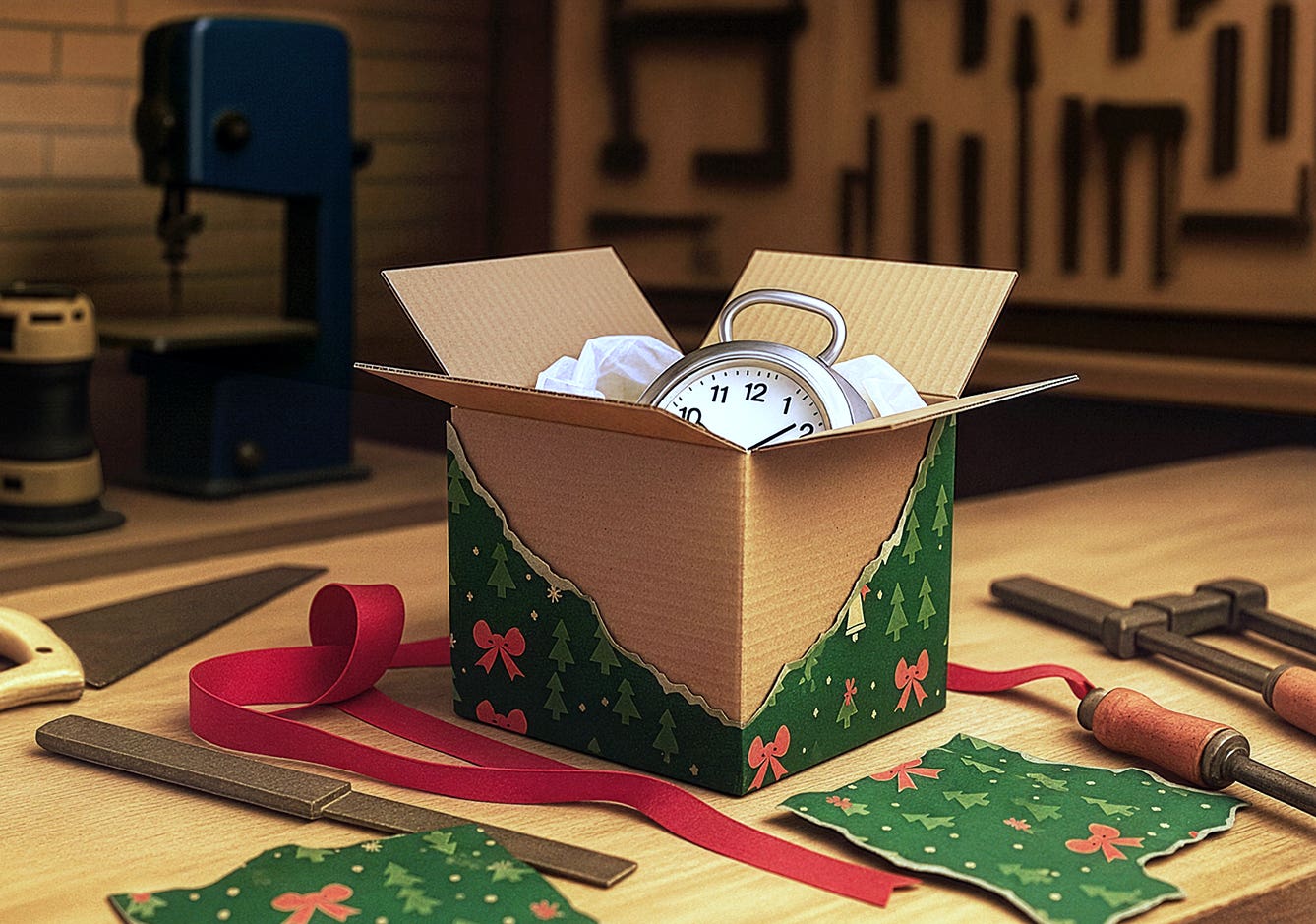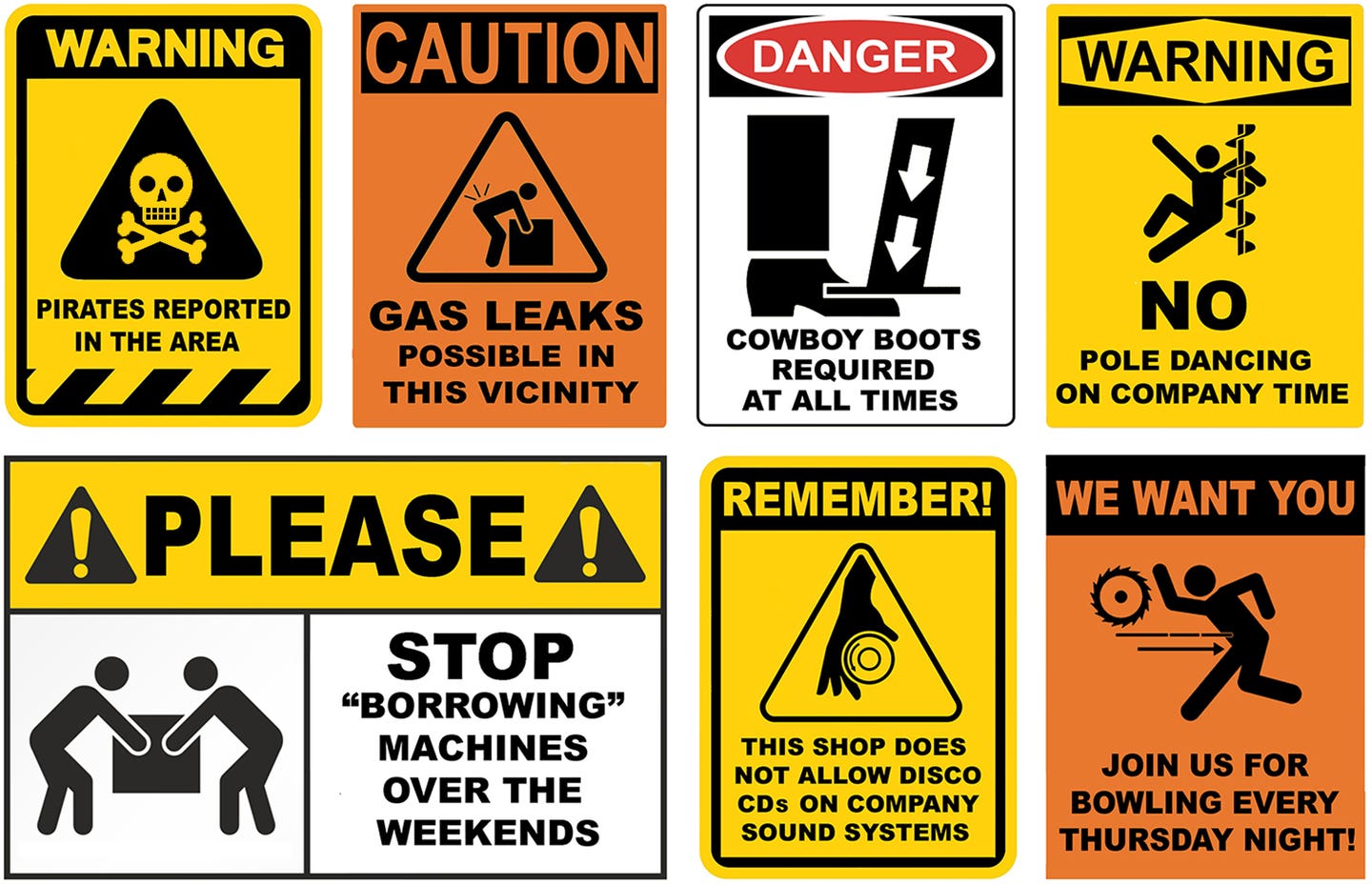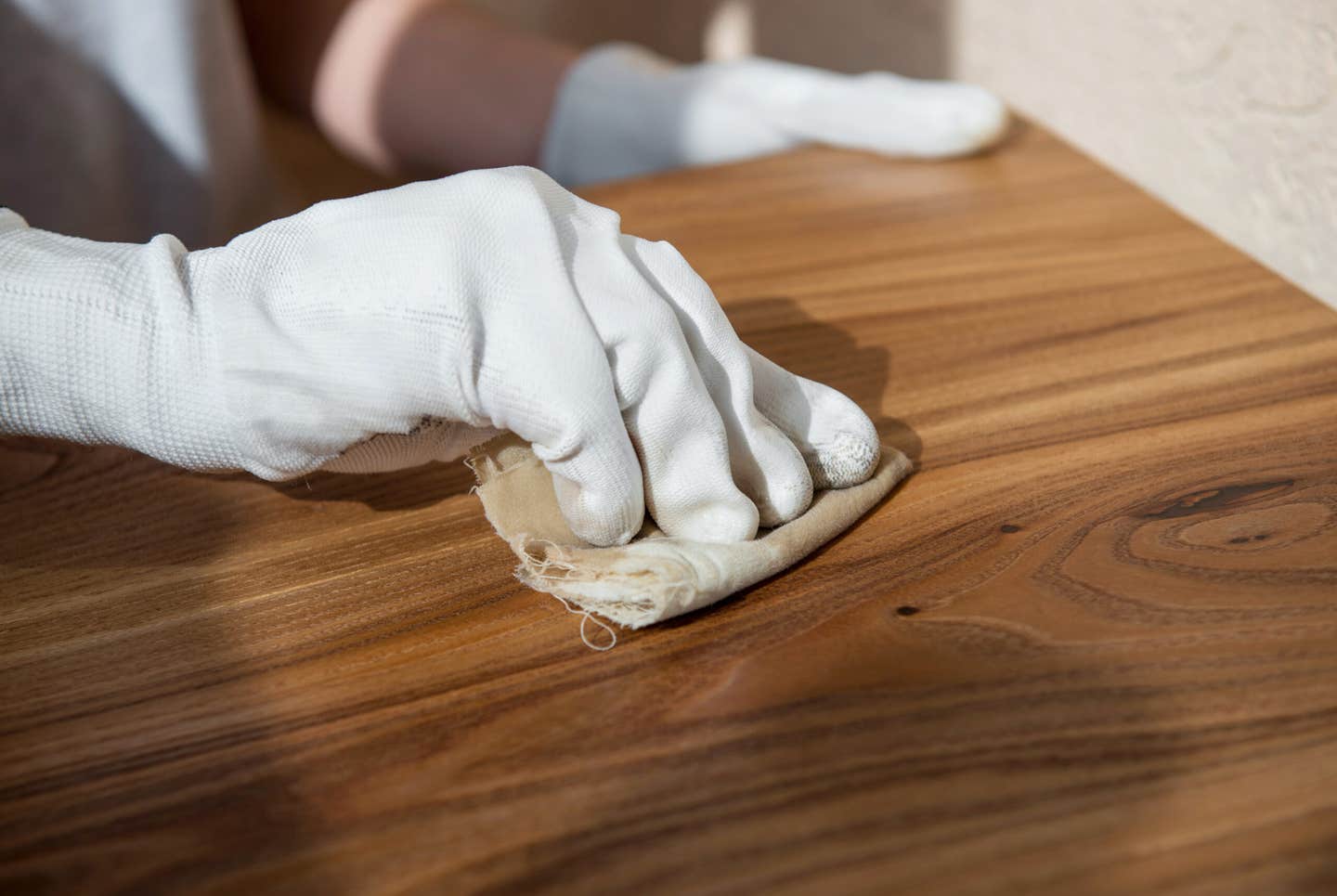Green is the new black in most woodshops today
Because a woodshop’s primary material grows naturally, our first instinct is to think of woodworking as a fairly green industry. But everything from sheet goods to finish has an environmental…
Because a woodshop’s primary material grows naturally, our first instinct is to think of woodworking as a fairly green industry. But everything from sheet goods to finish has an environmental impact, and a shop that would like to lighten its footprint on the planet has a lot of options. Going green also makes a lot of sense from a business stance.
Environmentally conscious production methods are “in” and there’s a big upside to letting customers know that a shop practices them. People like to feel good about their purchases and knowing that they have acted responsibly strikes a note.
The first step in building green is to build the best possible products. Cabinets and furniture that are assembled from high-quality materials in a workmanlike fashion are designed to last. Kitchens that fall apart after a few years will end up having a much bigger impact on resources, as they need to be built twice.
Optimizing software can go a long way to reducing waste and time. Having a computer generate a cut list from standard sheet stock is a whole lot quicker than working things out on paper and the result is often a more efficient use of materials. Tying that software to a CNC cutting station adds more benefits. With the advent of smaller and less expensive CNC equipment, this technology is now within the realm of possibility for just about any professional woodshop.
Sustainable forestry
Sourcing materials is so much easier for the Google generation than it ever was before. A brief session online can tell a shop manager exactly where a product (hardwood, plywood, adhesive, finish, even hardware) originated. Most North American hardwoods suppliers essentially farm their resources nowadays. There aren’t a whole lot of virgin forests left, so sustainable forestry has become the norm by necessity. With less regulation in some geographical regions, exotic species and even mainstream imports are sometimes the result of environmentally unsound practices such as clear-cutting.
The answer here is to purchase only materials that are certified by the Forest Stewardship Council or similar organizations. FSC describes the problem this way:
“In many forests around the world, logging still contributes to habitat destruction, water pollution, displacement of indigenous peoples and violence against people who work in the forest and the wildlife that dwells there. Many consumers of wood and paper, and many forest products companies, believe that the link between logging and these negative impacts can be broken and that forests can be managed and protected at the same time. Forest Stewardship Council certification is one way to improve the practice of forestry.” Other organizations have a similar agenda, but FSC is essentially the only one that can tell you about the wood you’re using.
According to the Natural Resources Defense Council, a 40-year-old U.S.-based environmental watchdog based in New York that monitors issues across the globe:
“The Forest Stewardship Council runs the only credible forest certification program. The FSC is an independent, international non-profit organization whose membership is comprised of more than 500 environmental groups, progressive companies, forestry professionals, social scientists and groups representing labor, church and indigenous people’s interests.”
FSC has been around since 1993 and its standards are widely accepted. The organization works with people and organizations in the field that evaluate compliance with their standards in forests around the world. For information, go to www.fscus.org.
Go water-based
Shops that use water-based finishes and adhesives emit fewer volatile organic compounds (VOCs). While most of these are not highly toxic except in strongly concentrated doses, VOCs tend to have predictable and often intense long-term negative effects on human health. They contaminate air, water and soil.
Using water-based finishes takes a little practice to achieve desirable results, and working through that learning curve can be a bit intimidating for a woodshop owner, especially when one considers the cost of time spent — and perhaps even having to refinish a project. However, one of the blogs on www.woodweb.com has a very succinct list of reasons to switch the finishing regimen to water-based products:
• No explosions
• No fish eyes
• No blushing in hot weather
• No lacquer thinner, toulene, xylene, methyl ethyl ketones, acetones
• No water filters on the compressor
• One has the ability to do repairs and touchups in the customer’s house without the worry of ignition or persistent odor.
That last one can save a lot of time (and money), especially on an install that is more than a few blocks from the woodshop.
LEED certification
Municipalities and state governments are increasingly including aspects of LEED (Leadership in Energy and Environmental Design) certification in their bidding guidelines and a sound environmental policy is becoming more and more critical, especially in architectural millwork and institutional cabinetry sales. Federal agencies, including the departments of Defense, Agriculture, Energy and State all have LEED initiatives.
According to the US Green Building Council:
“LEED certification provides independent, third-party verification that a building, home or community was designed and built using strategies aimed at achieving high performance in key areas of human and environmental health: sustainable site development, water savings, energy efficiency, materials selection and indoor environmental quality.”
That bit about materials selection is going to become a bigger and bigger issue for woodshops in the next few decades. On the LEED site (www.usgbc.org), the organization says that: “during both the construction and operations phases, buildings generate a lot of waste and use large quantities of materials and resources. The materials and resources category encourages the selection of sustainably grown, harvested, produced and transported products and materials. It promotes waste reduction as well as reuse and recycling, and it particularly rewards the reduction of waste at a product’s source.”
LEED certification is beginning to become familiar in consumer markets, and shops who can claim compliance can have a valuable marketing tool. But the key to being rewarded by customers for environmentally sound methods and practices probably lies in the shop’s ability to educate clients. You’re already telling people that you build the best cabinets or furniture. So go ahead and also let buyers know that you are LEED-compliant and that all imports used by the shop are certified by the Forest Stewardship Council and that your finishing room uses low VOC products.
This article originally appeared in the July 2012 issue.







